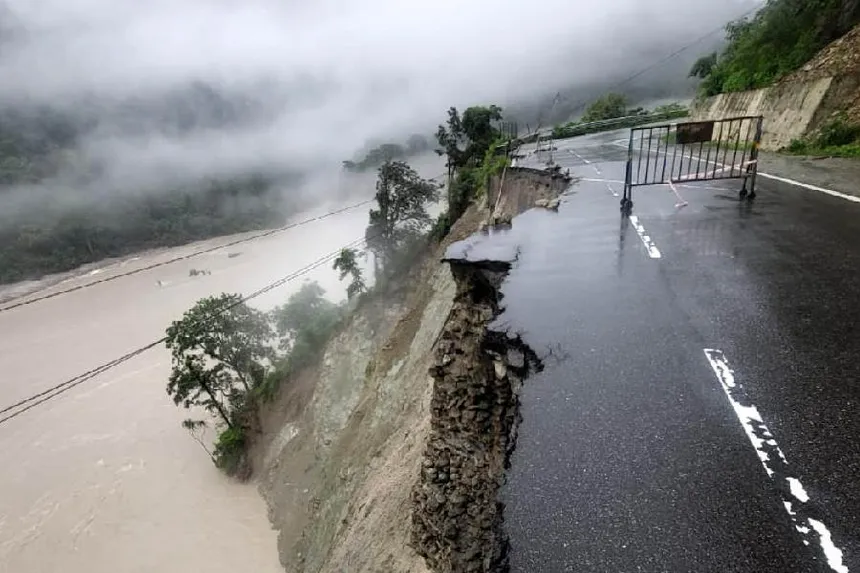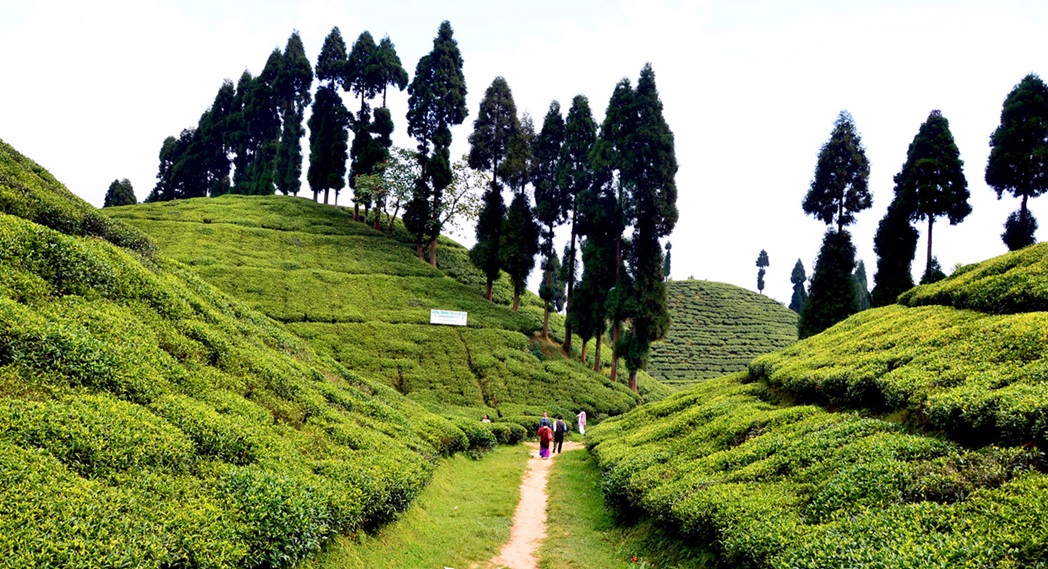
Published on 08 August, 2024
Introduction
In October 2023, the tranquil hills of Sikkim and Darjeeling faced a sudden disaster when a Glacial Lake Outburst Flood (GLOF) struck, triggered by the collapse of the South Lhonak Lake. This catastrophic event unleashed a torrent of water that surged through the Teesta River basin, devastating infrastructure, cutting off communities, and severely impacting tourism—a vital economic sector in the region. NH 10, the main artery connecting West Bengal to Sikkim, suffered extensive damage, causing significant disruptions to travel and tourism.
How the Flood Affected NH 10
NH 10, which runs from Siliguri in West Bengal to Gangtok, is a lifeline for both locals and tourists. The highway provides access to scenic sites, tea gardens, and popular destinations in both Sikkim and Darjeeling. However, the floodwaters caused extensive damage to the road, with landslides and erosion washing away entire sections and destroying key bridges. The damage has led to prolonged closures, cutting off Sikkim from the plains and stranding thousands of tourists who were unable to proceed to or return from Sikkim.
Disruptions to Tourism in Darjeeling and Sikkim
The impact on tourism has been profound. The road closures and flood devastation have deterred many visitors from traveling to the region, leading to cancellations and a sharp decline in tourist numbers. This is particularly challenging for Darjeeling and Sikkim, as tourism contributes significantly to their economies. Hotels, tour operators, and local businesses are experiencing financial strain due to lost bookings and decreased foot traffic.
Many popular tourist spots have also been temporarily closed or are accessible only through longer detours, making it difficult for tourists to reach places like Tsomgo Lake, Nathula Pass, and the vibrant tea gardens of Darjeeling. Additionally, concerns over road safety and potential further landslides are influencing travel plans and discouraging visits.
Environmental Factors and Climate Change
This disaster highlights the increasing frequency of glacial lake outbursts in the Himalayas, attributed largely to climate change. As temperatures rise, glaciers melt more quickly, expanding glacial lakes and increasing the risk of outbursts. The situation calls for better early-warning systems and sustainable tourism planning to mitigate future impacts.
Recovery and Future Precautions
In response to the disaster, Sikkim and West Bengal authorities, along with the National Disaster Management Authority, are working to restore NH 10 and implement safety measures. Temporary routes are being explored, and repair efforts on the highway and key bridges are underway to reopen access for both residents and tourists. Emergency response teams are also assessing glacial lakes for early warning systems to prevent similar incidents.
Conclusion
The recent GLOF in Sikkim serves as a reminder of the fragility of Himalayan infrastructure and the impacts of climate change on mountainous regions. The people of Darjeeling and Sikkim remain resilient, and with ongoing recovery efforts, tourism will gradually return. For now, travelers are advised to stay informed of road conditions, check with local authorities, and consider alternative routes if planning visits to these beautiful regions.
This tragic event has united communities and authorities in their efforts to restore the vital link that NH 10 represents, allowing Sikkim and Darjeeling to welcome travelers once again. As recovery continues, both tourists and locals can look forward to a safer and more resilient journey through these enchanting lands.
